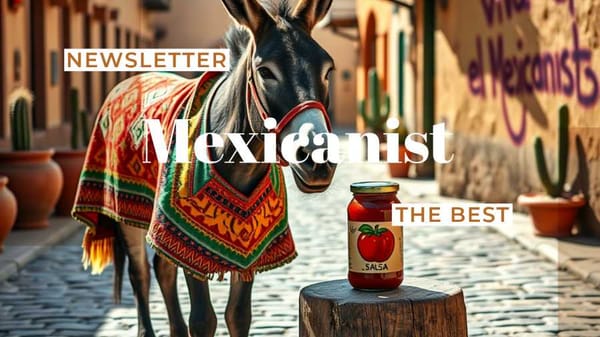What are the main economic activities in Cancun?
The strategic sectors are agribusiness, forestry, fishing and aquaculture, manufacturing, tourism, and business support. While in the future they are expected to be Information Technology, renewable energy, and biomass.





